Shepherd’s Purse
This common plant has been used as a food over the centuries and gets its name from the seed pods or ‘purses’ that contain the seeds or ‘coins’. These seeds though tiny have been used as an ingredient for breads or dampers by being roasted and ground into a flour.
| Hedgerow Type | |
| Common Names | Shepherd’s Purse |
| Scientific Name | Capsella bursa-pastoris |
| Season Start | Mar |
| Season End | Nov |
Seeds
The seeds are contained in heart shaped or purse shaped seed pods running the length of the flower stem.
Habitat
Woodland, cultivated land, waste ground, gardens, cracks in pavements, in fact almost anywhere.
Possible Confusion
With its heart shaped seed pods it is difficult to confuse with anything else.
Taste
Slightly peppery or cabbage like.
Frequency
Common.
Collecting
The leaves are eaten raw or cooked with only the younger, fresher leaves being used. The flower tips can be eaten as a snack while out walking.
Medicinal Uses
The dried flowers and leaves of Shepherd’s Purse, used as a tea, are said to be good for stopping internal and external haemorrhaging particularly the kidneys. It was used for this purpose in the Great War. Some of the tea (cold) can be used on a cotton bud to staunch nosebleeds.



 (19 votes, average: 3.63 out of 5)
(19 votes, average: 3.63 out of 5)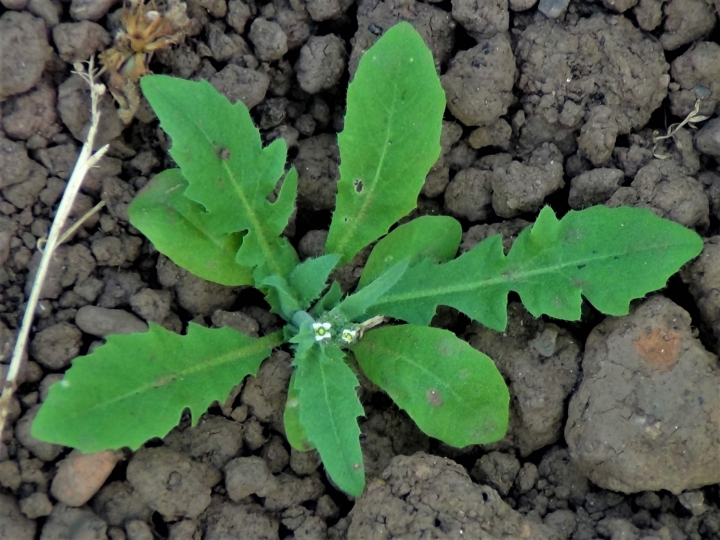
















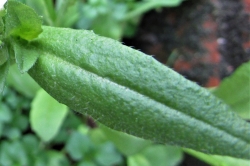
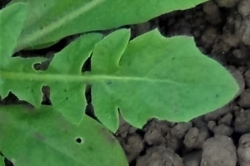
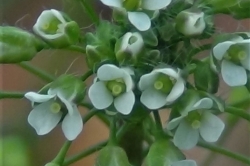
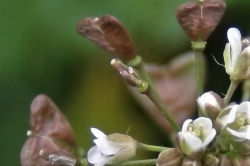
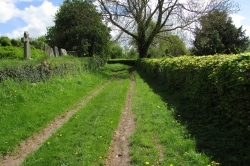





10 comments for Shepherd’s Purse
How can I get rid of shepherds Purse out of my lawn ?
Hi Chris, I’m not exactly sure but if you pull up the plant before it flowers and goes to seed, any viable seeds in the soil will eventually run out.
I live in Central London. Where can I go forage for these? It’s commonly used in Chinese cooking in the Spring and I have struggled to find it here in any Asian grocery stores.
It grows anywhere, cracks in pavements to flower beds to path edges and is very common, it is much easier to see when in seed.
I am requesting for the derivative name of Capsella in either Greek or Latin
It appears to come from ‘capsa’, meaning case or box and ‘ella’ being female or another theory is that it means receptacles for the Blessed Eucharist, the holy oils, and other pious objects.
hola, sabrás si estás hojas, sirven de alimento para las tortugas?
Lo siento, realmente no lo sé.
Is it good for low pressure or varicose veins. Thanks
I’m afraid I don’t know the answer to this, as a foraging company, we are into the edibility of plants rather than the medicinal benefits although the two subjects cross over. Does anybody else out there have an answer?